Zhang Baoyi’s passion for photography and animals came hand-in-hand. Growing up next door to a zoo, Zhang would often feed lions, tigers, snakes and monkeys.
A typical childhood this was not, as the photographer tells us: “I had a manual film camera – my father bought it to document me growing up – which I would use to photograph my family and neighborhood animals. So, while other children played with their dolls and pets, I was busy feeding snakes and baby tigers.”
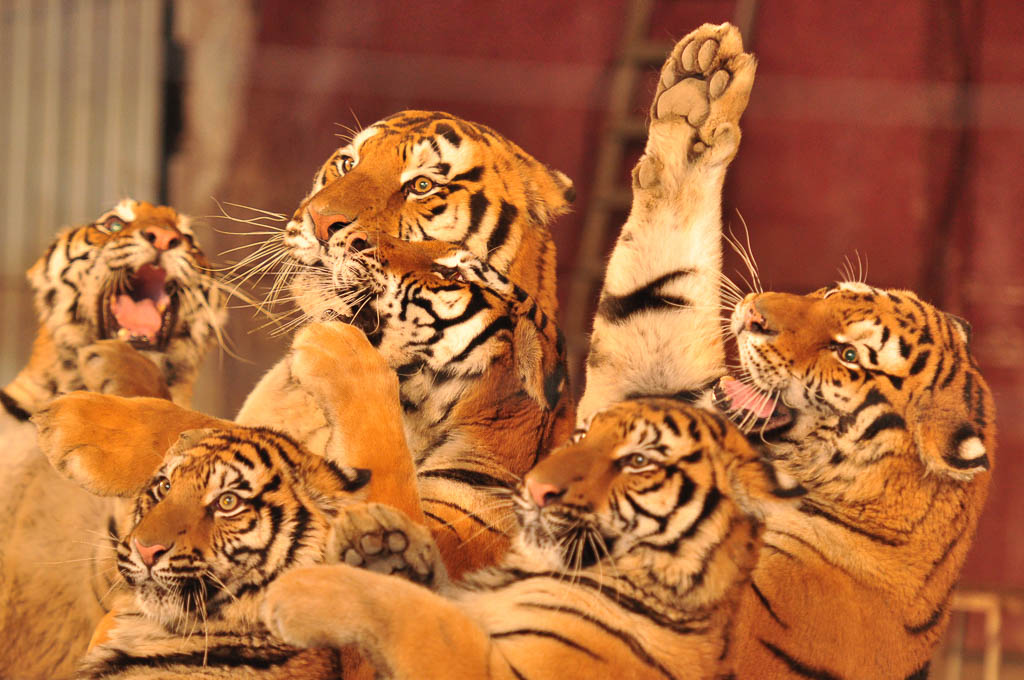
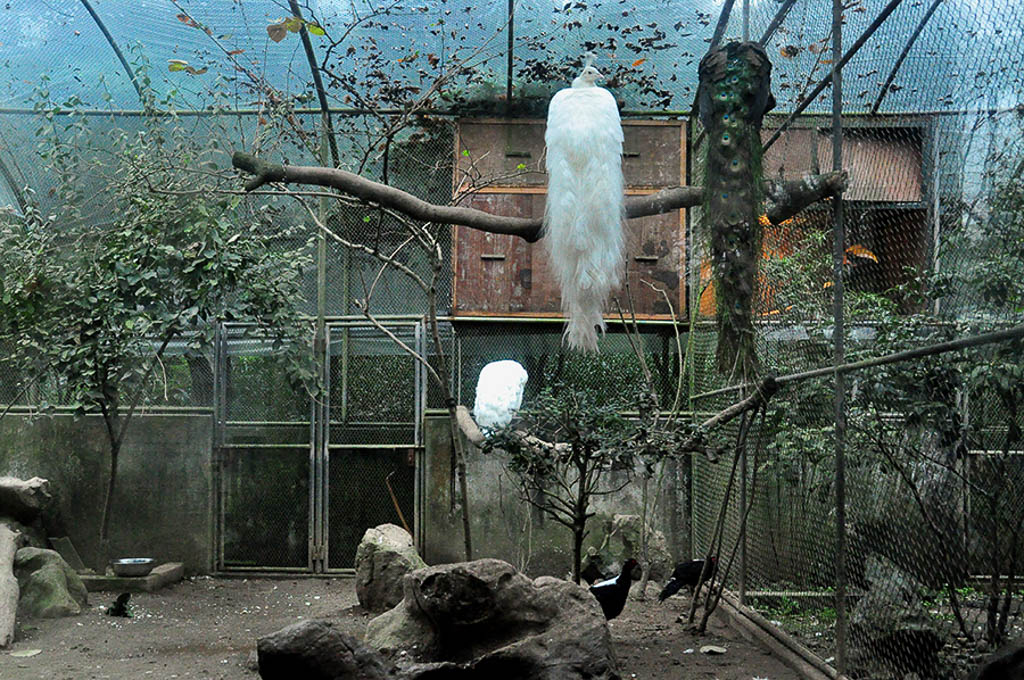
A muster of Indian peacocks at Hangzhou Zoo
The experience left an indelible mark, she admits. “It helped me mature and explore photography in more depth. Observing the nature of animals’ lives made me want to research them more.”
Zhang’s photography project, which focuses on zoo life, is the result of this curiosity. The series – five parts in total – includes the simply named Chinese Zoo and Living Space, from which the images on these pages are taken.
Zhang shares: “I chose the zoo as my location because I noticed that every time I visited, the animals – apart from when eating and sleeping – seemed like they were in a daze, as if stunned. They were like robots pacing back and forth with swaying heads, pecking themselves and even tearing out their own hair or harming themselves in other ways.”
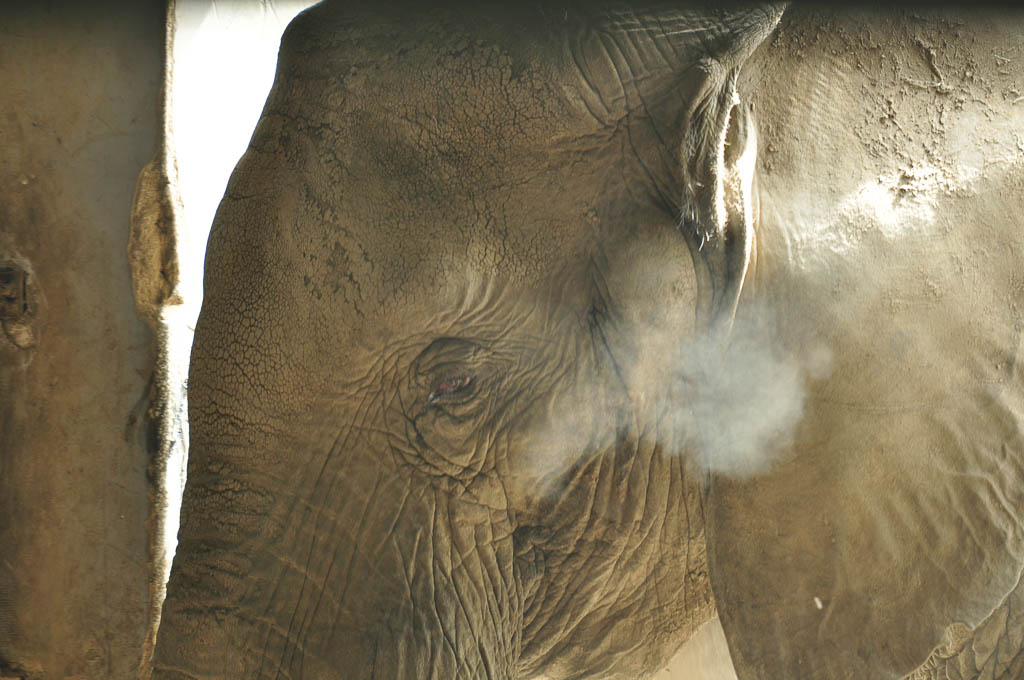

A ring-tailed lemur at Hangzhou Zoo
Zoochosis is the term used to describe such behavior, which is often displayed by animals in captivity. As Zhang explains: “Zoology studies suggest it’s because of the small size of the enclosures in which the animals are housed, which is counter to their instincts of living in the wild. When this is combined with the effect of long-term exposure to onlookers in a noisy environment, the animals’ hormones become imbalanced, which is manifested in their mechanical actions.”
Zhang’s observations make for an arresting but disconcerting set of photographs.
Chinese Zoo is a raw and uncompromising #nofilter look at animals in their caged environs. A particularly uncomfortable photograph depicts an elephant sitting on its behind, sporting bloodshot eyes and a manic smile, trunk pointed upwards and a human trainer by its side.
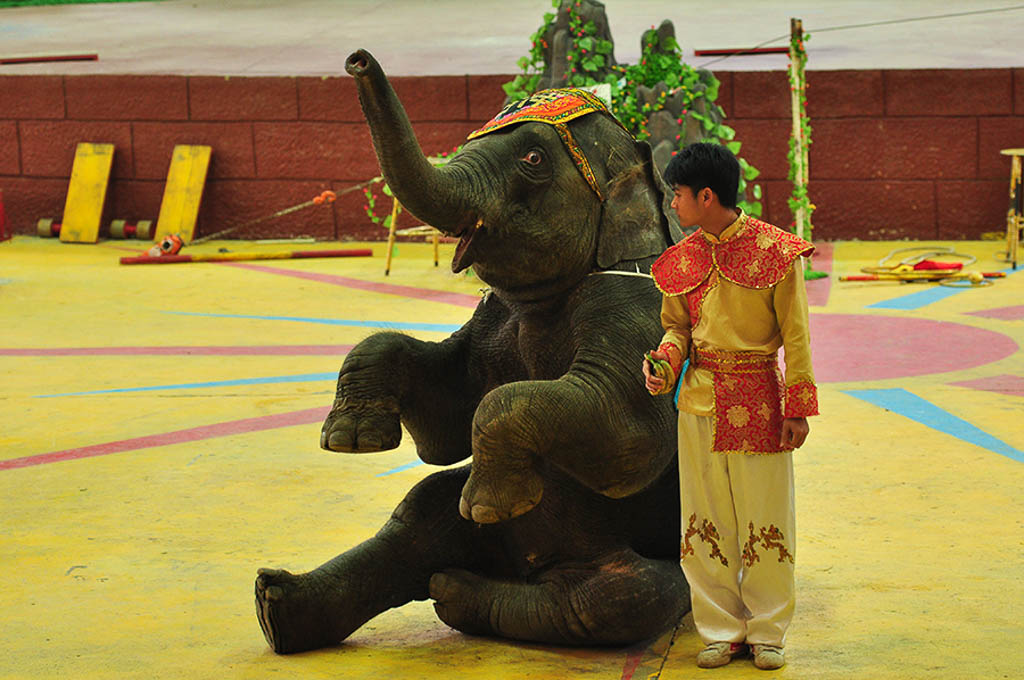
An African elephant and its trainer at Nanning Zoo
Another shows a bear, with a rope and ring dangling from its nose, walking across a tightrope, its fearful eyes downcast. Even the animals left to their own devices appear to lack autonomy: Shut behind bars, the creatures appear joyless and alone.
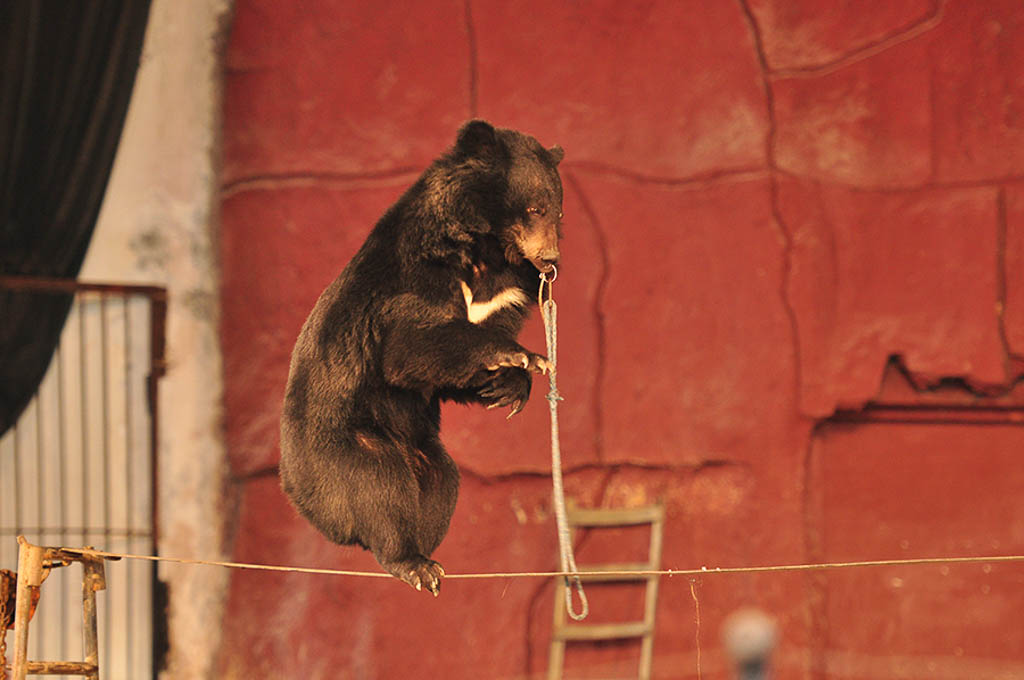
A brown bear at Nanning Zoo
In Living Space, however, the focus turns to the animals’ surroundings. Rather than zooming in, Zhang frames the animals in their un-natural habitats.
The title is ironic, she explains: “The animals’ living space has rockery, trees and painted walls, which makes visitors feel like the animals are living in a proper environment. But in reality it is merely a mask to confuse mankind. It looks real but behind the scenes, it is still a cage of reinforced concrete and iron. Animals are actually living without freedom in a cramped space.”
Zhang draws parallels between the animals’ lives and our own. “I want people who are living in an ‘urban city cage’ to reflect on the environment in which they are living their own lives. Living in the city, everything seems available, and yet our happiness decreases.”
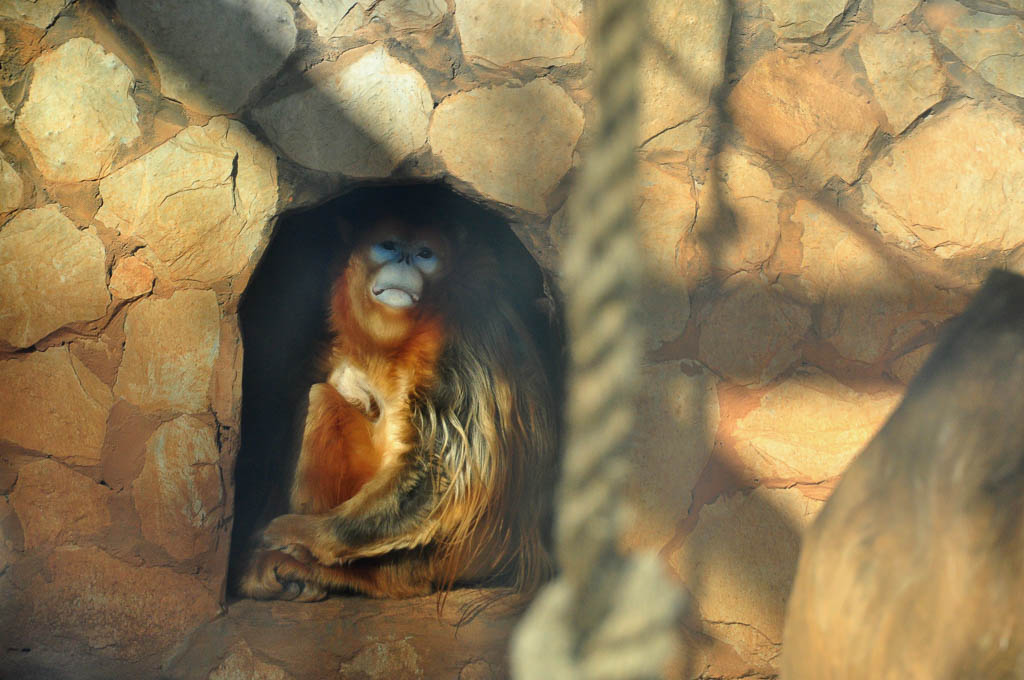
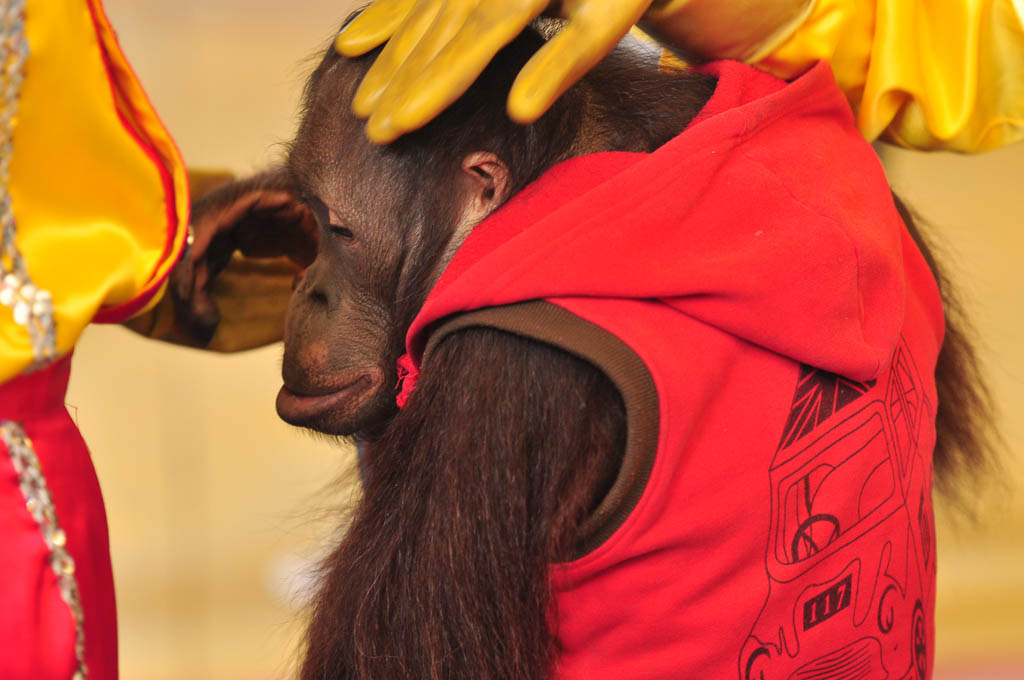

Hornbills at Hangzhou Zoo
Over the course of the five-year project Zhang visited almost a dozen zoos and safari parks around China including Hangzhou Zoo, Wuhan Safari Park, Kunming Zoo and Beijing Zoo, among others.
As such, Zhang was exposed to the complex realities of zoos, she says. “In China, many zoos’ efforts are insufficient: There are often stories in the media about certain zoos abusing animals, which results in heavy criticism from animal rights activists.”
The issue of whether zoos are beneficial or detrimental to animals is a controversial one. Those arguing the former believe that zoos educate the public, as well as offer endangered species by a safe environment. Those in opposition point to the aforementioned ill effects suffered by animals kept in captivity, in addition to fundamental animal rights.
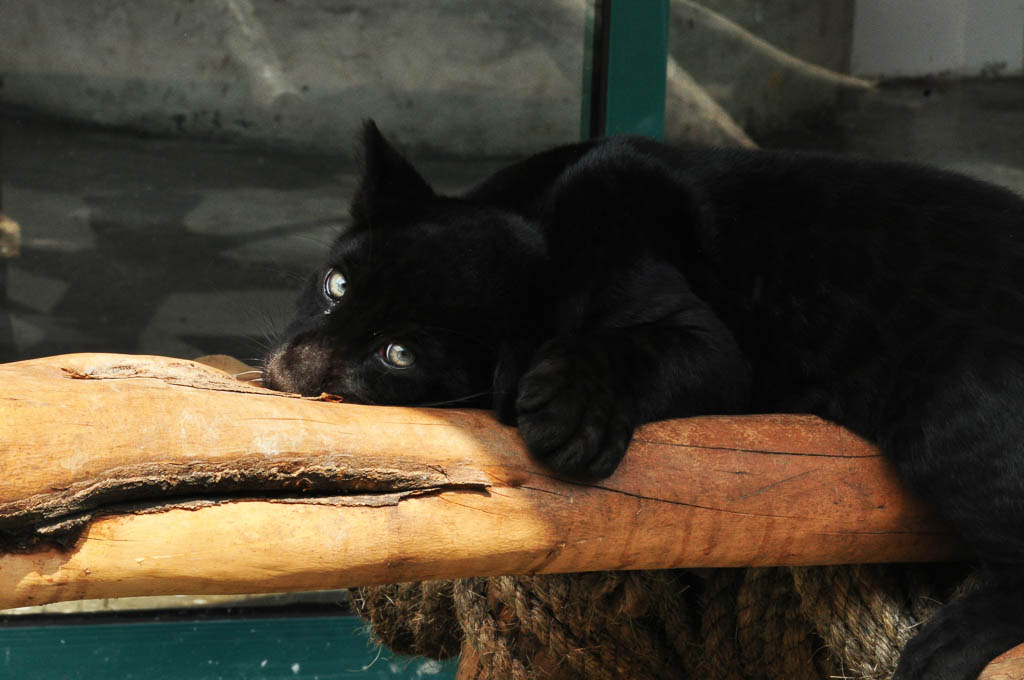
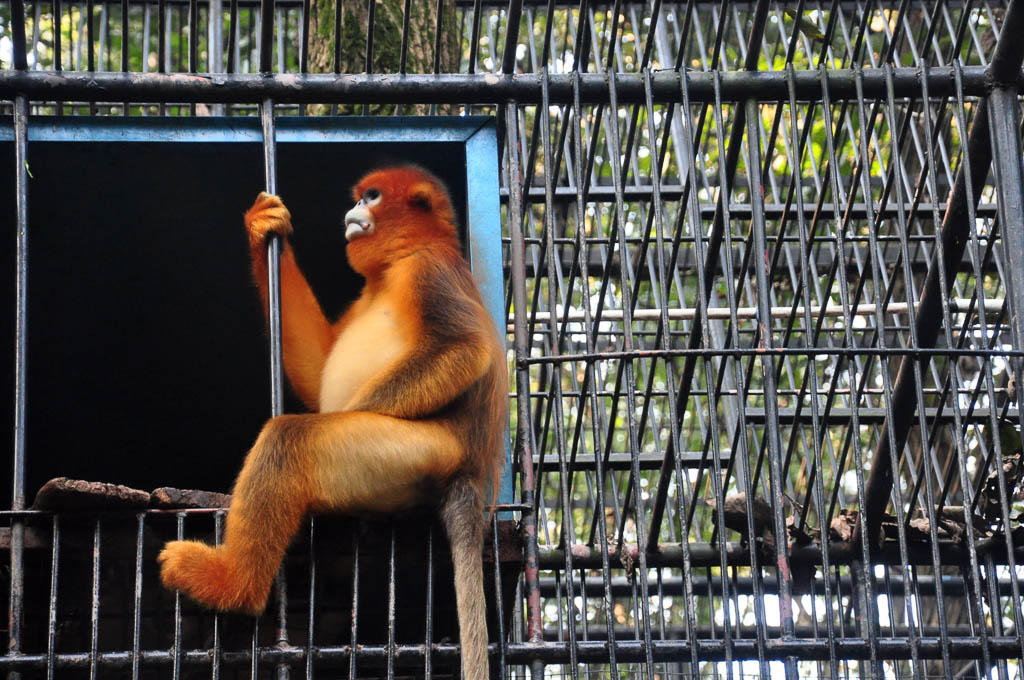
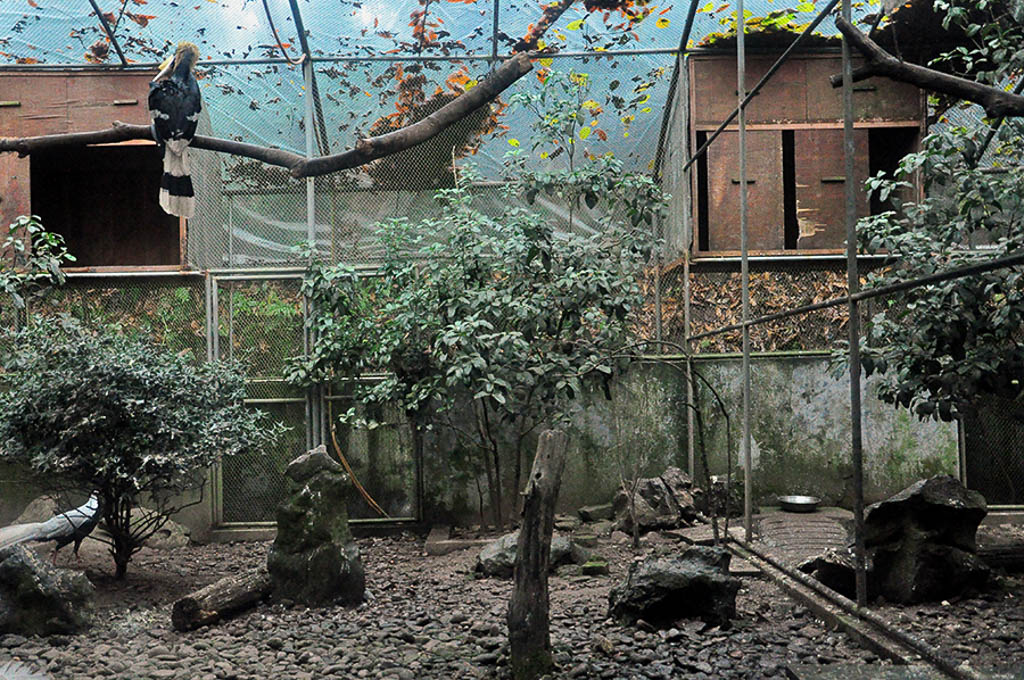
Hornbills at Hangzhou Zoo
So, where does Zhang fall on the scale? It’s complicated, she says. “I am really concerned about the wellbeing of animals. [But] nowadays there is an increasing number of animal welfare organizations, and people are more aware of the need to protect animals. Zoos are becoming more humane and environmentally friendly.”
These conclusions were reached with help from others, she says. “I encountered some interesting zookeepers who like photography. They shared their knowledge about the history of Chinese zoos and offered me a chance to get in close contact with the animals.”
Despite Zhang’s hopeful outlook, her series is marked with an unmistakable air of sadness – though this may be a case of art imitating life. “When I feel down in the dumps I will go to [my favorite zoo] Hangzhou Zoo. I’ve been shooting there for several years, so the animals seem to share a special understanding with me. There’s a panda – it looks like Bao from Kung Fu Panda – who always gives me the same gestures and I like seeing the warmth between the mother zebra and her little one.”
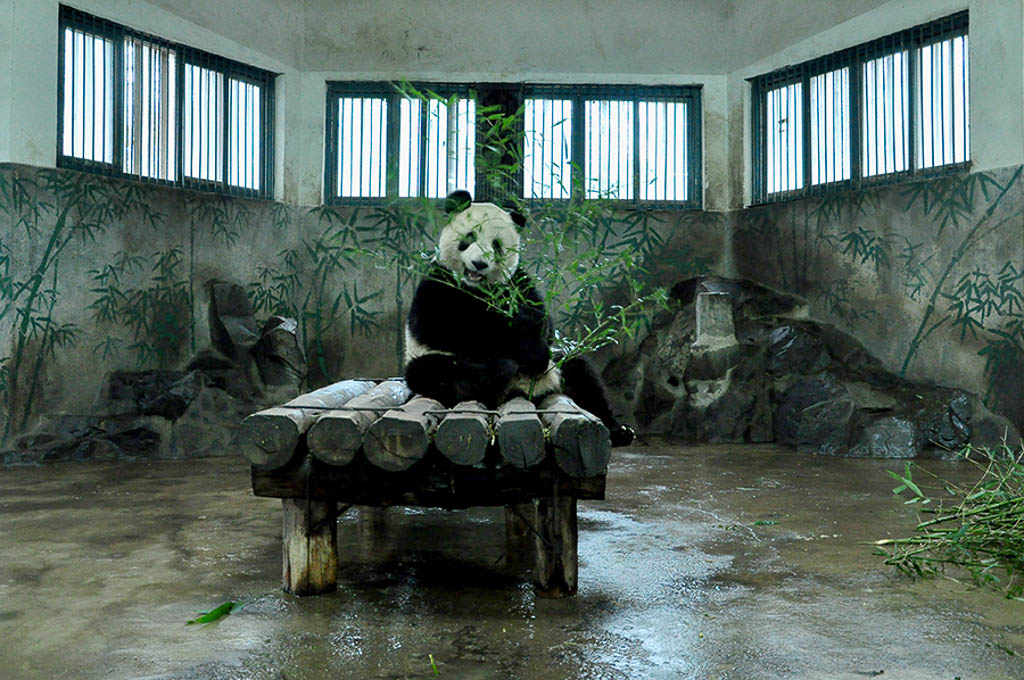
A panda at Hangzhou Zoo
Zhang’s childlike wonder remains, but with the added sense of responsibility that occurs with age. She reflects: “Zoos are a mirror of humanity. I hope that my work will allow more people to think and realize that animals require better living environments.”
Images by Zhang Baoyi
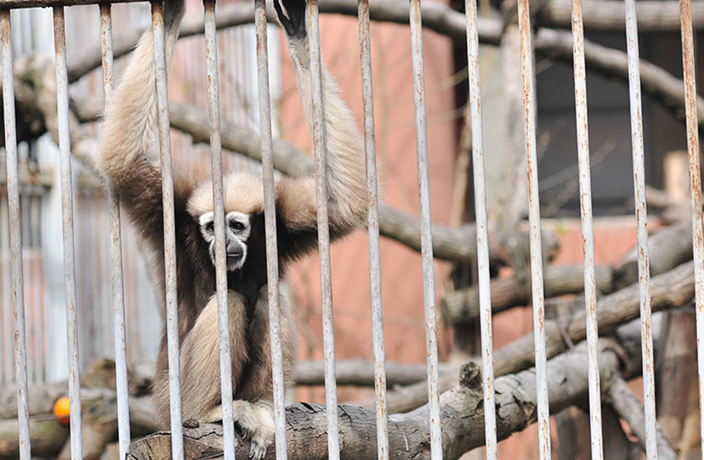




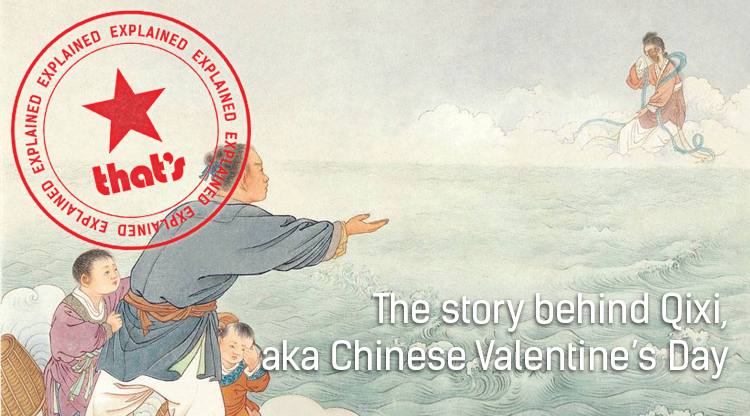
















0 User Comments